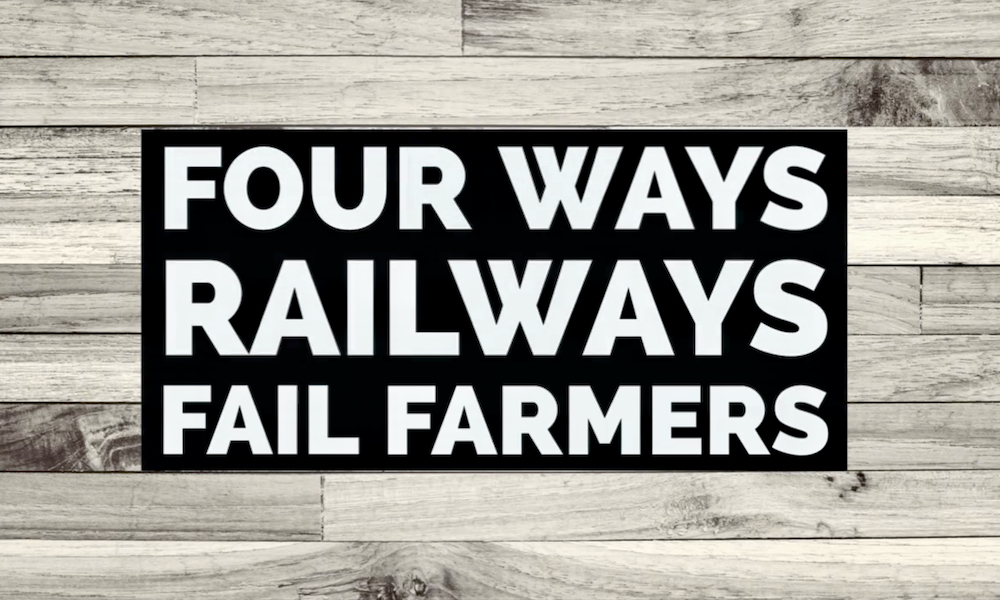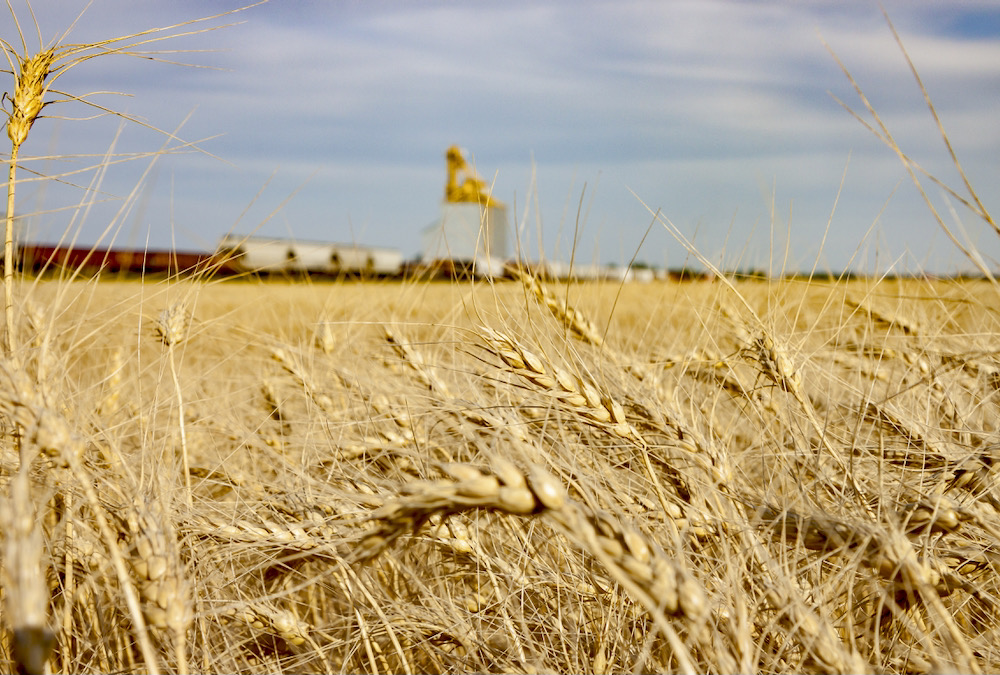Glacier FarmMedia – The grain transportation system has been ‘pounding it,’ with monthly records falling like flies through spring, summer and even into harvest.
So will it continue?
That will depend on sales and demand from other sectors that ship by rail, say experts.
“We’ve done very well in the aftermath of everything that’s happened in the last six months, and now we’re at the tipping point to see what happens in the next couple of months,” said Steve Pratte, manager of policy development for the Canadian Canola Growers Association.
Read Also

What is perfect Christmas weather?
What is ‘perfect’ Christmas weather on the Prairies? Here’s where you should head this holiday, according to historical weather data.
“On paper, they’re prepared to move it. It’s the network factors that will be the big drivers of how successful we are going forward.”
Grain moved quickly all spring and into early summer as overall freight movement slowed as a result of the pandemic.
“We were able to take advantage of that deep, deep decline in the railways’ total freight,” said Pratte. “We were there, the grain was ready to move, and they know how to move it. So we were able to just keep going while a lot of these other sectors completely bottomed out.”
The 2020-21 crop year got off to a strong start on Aug. 1, with both CN Rail and CP Rail setting “all sorts of movement records,” said Pratte.
During the first eight weeks of the crop year farmer grain deliveries to country elevators averaged just over 1.2 million tonnes, up from a three-year average of 916,000 tonnes for the same period, said Mark Hemmes, president of Quorum Corporation, the federal grain monitor.

In percentage terms, shipments are 38 per cent higher than last year and 41 per cent higher than the three-year average for the first eight weeks of the crop year.
That’s highly unusual at this time of year, said Hemmes.
“Usually from the middle of August to the beginning of September, people are out harvesting and they’re not delivering a lot,” he said. “But movement through the whole summer just pounded grain into the system.
“That lull we usually see through the summer just didn’t happen this year. It just keeps on going.The movement so far this year is probably at near-record levels right across the board.”
In a word, grain movement has been “phenomenal” so far this year, he said.
The previous crop year (which ended July 31) was beset by problems — weather, railway strikes, and blockades — but come spring, both CP and CN Rail started setting monthly grain movement records, despite the arrival of COVID-19.
“All of the stuff that happened last year that was really unusual pushed a lot of the volume into the spring,” said Hemmes. “Last year was a record total grain supply, and this year is just as much grain, so people are putting it through as fast as they can.”
So will it last?
The pace of grain movement will depend on how much crop has to be moved post-harvest, the winter, and competition for rail cars from other sectors.
“Freight volumes and the cars needed for that are on the upward climb — grain included… we’ll have to see how those two things mesh,” Pratte said Oct. 1.
On the grain supply side, the size of this year’s harvest will be “one of those big X factors in the equation.”
“Earlier this summer, there were signs it was going to be significant, and while that’s tempered a little bit, it’s still going to be very strong,” he said.
But the demand for containers is expected to increase as other industries start to come back online and compete again for space.
“What we’re going to see is increased demand on container movements. Christmas is coming and coal is going to start rolling again as industries around the world start to get keyed up again,” said Hemmes.
“I think for the next couple of months, we’re OK. But what happens after that is a crapshoot.”
Beyond that, both railways still need to get their operations running back at capacity after layoffs in the spring.
“The railways have acknowledged the challenge that they face in bringing back their capacity to move all freight after they had to reduce the size of their operations during the height of the pandemic,” said Pratte.
The lack of capacity is causing a shift between volumes in country elevators and the ports, said Hemmes, adding elevators are starting to fill up after having “a really good balance for the longest time.”
“The railways’ capacity isn’t set up to move that kind of volume — they’re set up to move 1.1 million to 1.3 million tonnes a week,” he said. “So when 1.6 million tonnes (a week) gets delivered into the country elevators, we start to see their stocks really building up.
“That imbalance is starting to occur, but it’s not because the system isn’t working. It’s because there’s just that much grain being bought and sold.”
Both major railways have developed plans for the winter to overcome these hurdles, and if all goes according to plan, they’re set to meet the demand of the agriculture industry.
But things rarely go according to plan when you’re contending with so many forces, said Pratte.
“It’s one thing to plan it operationally. It’s another thing to see what Mother Nature throws at us,” he said.
“Inevitably there are going to be hiccups along the way — derailments, closures. Every year we experience that. It’s a matter of when and where and how those affect the overall system.
“In the next four to eight weeks, a lot of these X factors will influence how much we can move.”
This article was originally published at The Alberta Farmer Express.
















